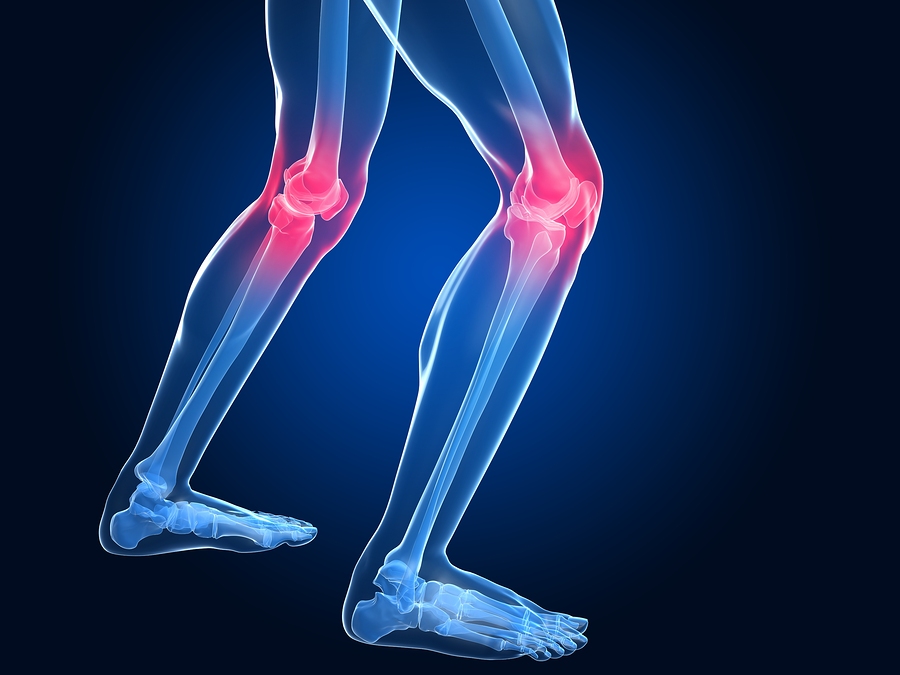 Knee pain is one of the most common complaints we hear from distance runners. Thousands of strides and considerable joint reaction forces strain the knee and its surrounding soft tissue support systems. For decades, when a patient saw a health care provider, the focus was on the area of pain; therefore, the knee joint. After all, it is usually tender to touch, sometimes swollen, and often, there are visible signs of muscle atrophy. In the last several years, the focus has been on the entire moving chain.
Knee pain is one of the most common complaints we hear from distance runners. Thousands of strides and considerable joint reaction forces strain the knee and its surrounding soft tissue support systems. For decades, when a patient saw a health care provider, the focus was on the area of pain; therefore, the knee joint. After all, it is usually tender to touch, sometimes swollen, and often, there are visible signs of muscle atrophy. In the last several years, the focus has been on the entire moving chain.
HIP TO FOOT AND EVERYTHING IN BETWEEN
Anyone that has been running for awhile is familiar with the term pronation. It is a complex movement of the foot and ankle that helps absorb pounding forces each time the foot hits the ground. Most are aware that too much pronation can be a problem. Not only can excessive pronation lead to foot and ankle problems, it can have an impact on the knee joint as well. Similarly, if we look above the knee to the hip area, flexibility, weakness, and postural alignment can also affect the knee. Over the last several years, there has been considerable focus on the role of the hip as it relates to knee pain. For example, if you have poor muscular control of the thigh because of hip weakness, this can cause minor imbalances on knee joint and its associated soft tissue elements. Stress an imbalanced knee over the course of several miles of running and it can result in pain.
THE SOLUTION IS A COMPLETE BIOMECHANICAL EVALUATION
While it is common for clinicians to "periscope" and just focus on the area of pain, a complete evaluation of your entire lower extremity can be helpful. Here is a partial list of what we look at:
» Hip range of motion, strength, and flexibility.
» range of motion, strength, and flexibility.
» Your running posture and mechanics.
» Your equipment, training schedule, and training surfaces
EDUCATION, INTERVENTION, AND TIME
Working with distance runners is a passion of ours. It is extremely rewarding for us take the time and effort to solve the complex and painful problems that are on occasion the byproduct of distance running. However, when an athlete understands the causes of their problem, treatment is more likely to result in a positive, long-term solution. We would be remiss if we didn't also state that in many cases, there isn't a quick fix; rather, the body needs time to heal. This is undoubtedly one of the greatest challenges we face when working with dedicated runners that don't want to miss a day of training. If you are experiencing knee pain with running, please give us a call. We've helped many others in the area and chances are, we can help you as well.
"A complete evaluation of your entire lower extremity can be helpful..."

.png)